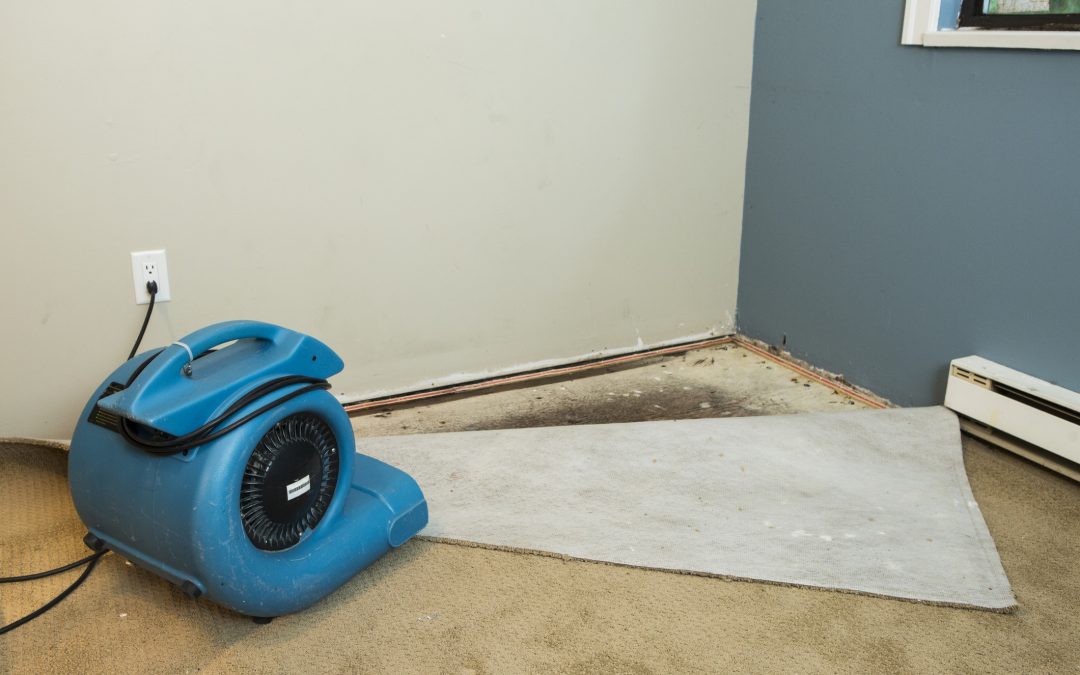Water damage can strike at any moment, turning your cozy home into a battleground against unwanted moisture. One of the most common victims of water damage is your carpet, and if not addressed promptly, it can lead to a host of issues, including mold growth and structural damage. In this comprehensive guide, we’ll explore the importance of swift action, the common causes of carpet water damage, and effective methods for water removal.
The Urgency of Swift Action:
When water infiltrates your carpet, time is of the essence. The longer moisture lingers, the higher the risk of irreversible damage. Immediate action is crucial to prevent mold growth, foul odors, and structural issues. Here’s a step-by-step guide to help you tackle water removal effectively.
Identifying the Source:
Before you can effectively address the water issue, it’s essential to identify the source. Common culprits include burst pipes, leaking roofs, and appliance malfunctions. Once you’ve pinpointed the cause, take steps to mitigate further damage, such as shutting off the water supply or covering a leaking roof with a tarp.
Safety First:
Before diving into water removal, prioritize safety. Ensure that electricity is turned off in affected areas to reduce the risk of electrical shock. If the water damage is extensive, consider consulting with professionals to ensure a safe environment for all occupants.
Assessing the Damage:
Evaluate the extent of the water damage to determine the appropriate course of action. If the affected area is relatively small and the water is clean, you may be able to handle the cleanup on your own. However, for larger or contaminated water damage, it’s advisable to seek professional help.
Tools of the Trade:
Gather the necessary tools for water removal. This may include a wet/dry vacuum, fans, dehumidifiers, and absorbent materials like towels or rags. The goal is to extract as much water as possible and expedite the drying process.
Extraction and Drying:
Use a wet/dry vacuum to extract standing water from the carpet. Work systematically, moving from the outer edges toward the center. Once the bulk of the water is removed, deploy fans and dehumidifiers to facilitate thorough drying. Ensure proper ventilation to enhance the evaporation process.
Steam Cleaning and Disinfection:
Even after the visible water is removed, there may be lingering contaminants. Steam cleaning the carpet can help eliminate bacteria and mold spores. Use a mixture of water and a mild detergent to clean the carpet fibers, ensuring a thorough and hygienic result.
Monitoring for Mold:
Mold can start to develop within 24-48 hours of water damage. Keep a close eye on the affected areas for any signs of mold growth, such as musty odors or discoloration. If mold is detected, consult with professionals to address the issue promptly.
Water removal from your carpet requires a strategic and swift response to prevent lasting damage. By following these steps and staying vigilant, you can effectively restore your carpet and minimize the risks associated with water damage. Remember, when in doubt, seek professional assistance to ensure a thorough and safe recovery process.

